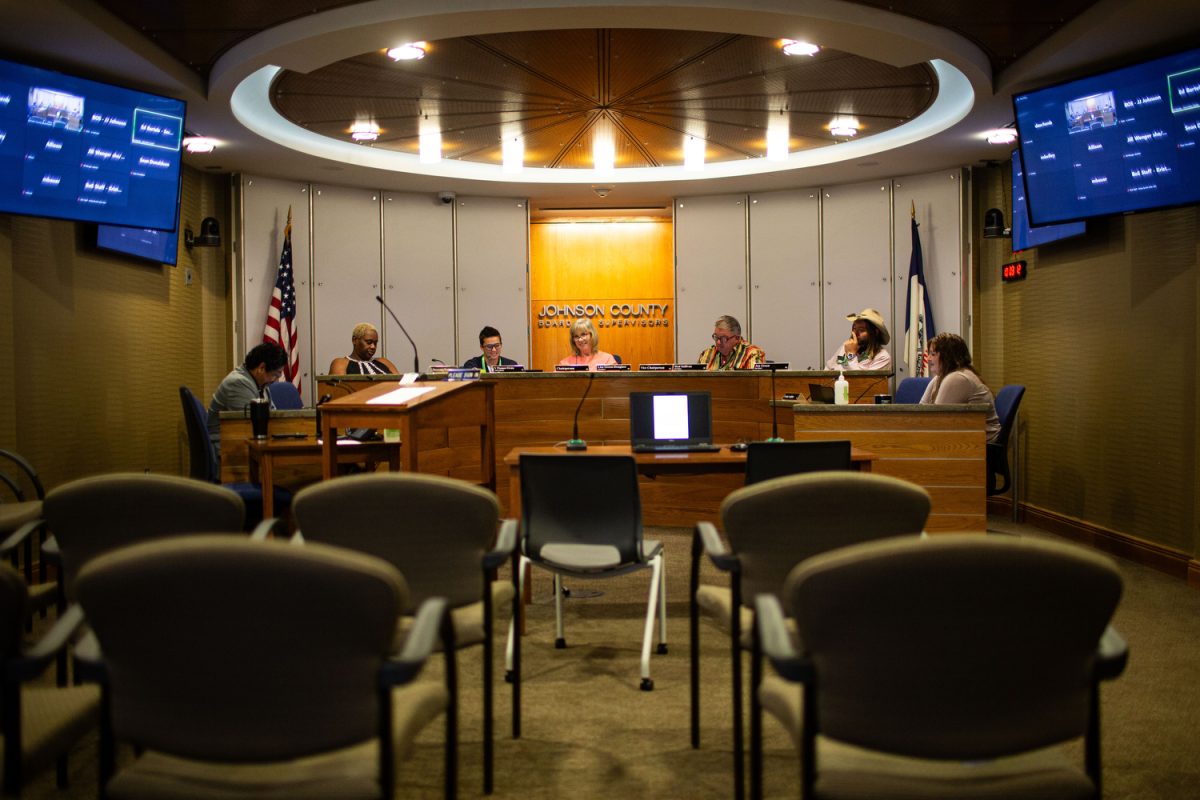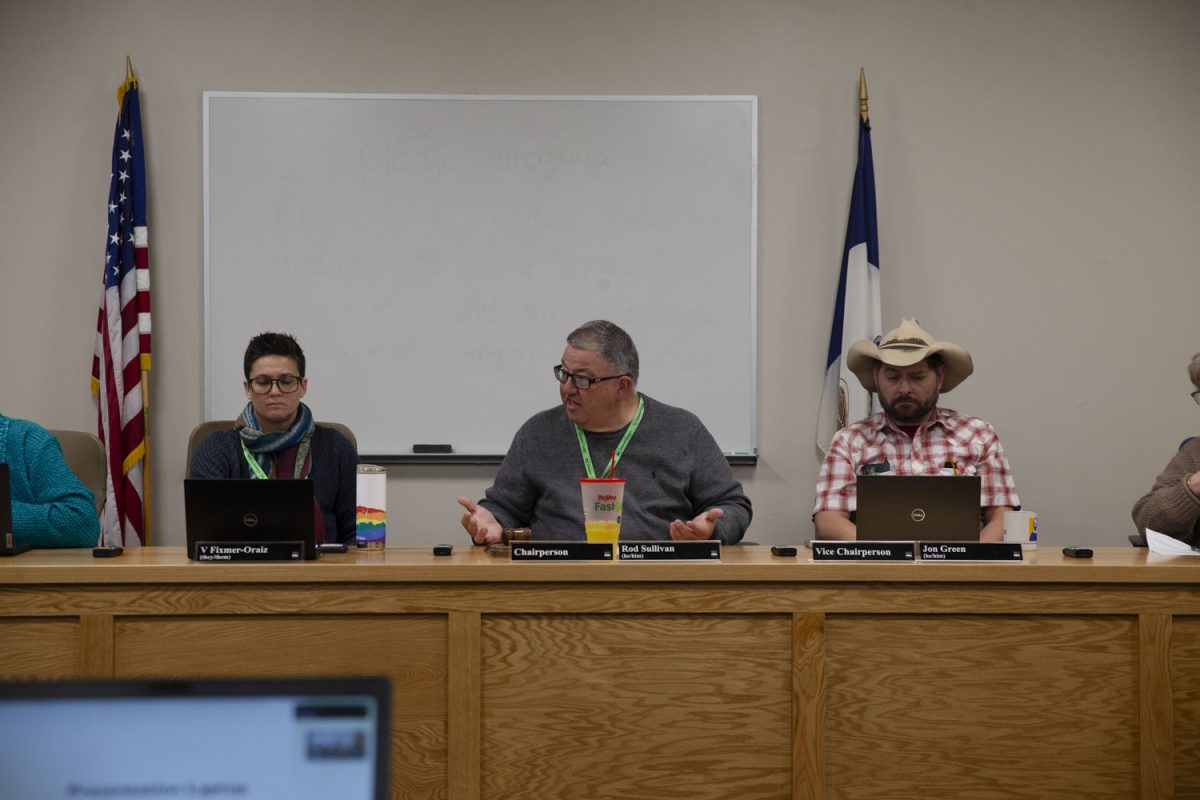University of Iowa faculty and students find Transform, Interact, Learn, Engage (TILE) classrooms beneficial to teaching and learning — and they’re asking for more.
Sam Van Horne, an assessment coordiantor for Information Technology Services, presented findings from the TILE Assessment Project studying teaching and learning in technology-infused classrooms at the UI College of Pharmacy Thursday.
The UI implemented its first TILE classroom in the fall of 2010, a "technology-infused classroom that is designed to support instructional strategies that are grounded in active learning," Van Horne said.
Four more TILE classrooms have been built, and more than 60 faculty members have undergone specific training for the classrooms, he said.
The UI plans to innovate the design used at such institutions as the Massachusetts Institute of Technology and North Carolina State University. While the layout is used primarily in the sciences at other schools, the UI is integrating it into the humanities with success.
The UI also requires faculty training before an instructor can teach in a TILE classroom, whereas other institutions often do not.
"Here, training is provided to help faculty members design instruction and curriculum to suit the environment," he said.
Van Horne’s team in the two-semester assessment found that TILE classrooms are beneficial to faculty because they allow for projects instructors were unable to offer previously and offer more resources at students’ fingertips.
And students taking the same course in a TILE classroom as a normal one fared better in their final grades.
Students given the same grade point average, ACT composite score, and instructor in a TILE classroom received final grades that were, on average, .25 points higher than their counterparts.
Craig Just, an assistant professor of civil and environmental engineering, co-taught Introduction to Sustainability with adjunct lecturer Bob Crocco last fall.
Just said the biggest advantage for him in the classroom is using the round tables for discussion.
"The TILE classroom also makes it difficult to do a traditional lecture, which isn’t my best teaching style anyway," he wrote in an email. "I have to teach in a more distributed model when using the TILE classroom that emphasizes the importance for the students to take charge of their own learning without as much spoon-feeding by the course instructor."
But classrooms that rely completely on computers have their disadvantages.
"Many people simply cannot learn at the depth needed when only offered a computer screen or iPad as a learning tool," Just said.
TILE classrooms are composed of round tables with three laptops each. Flat-screen monitors line the walls, and switches and wires connect them all together. The rooms may consume more energy than traditional classrooms, but Crocco said it is worth it for the wealth of knowledge students can access at any given time.
Even with the larger footprint, he said, the benefits the classroom offers are greater.
"The issue to me is that you need to constantly evaluate that whatever carbon footprint you put out there is in some way benefiting, and in this case a deeper and richer and more meaningful education experience that lasts longer," he said.
Ashley Wiand, a UI student who had a class in a TILE classroom last spring, said she enjoyed working in the environment.
"I like the TILE classrooms a lot," she said. "It made it easier to talk with other students because everyone is sitting at a round table, as opposed to the big lecture halls, where people sit two seats away."
The TILE Assessment Project will continue to monitor the nature of teaching and learning in TILE classrooms.
"Universities need to be innovative in teaching, and the TILE rooms are one way to be innovative," Just said. "So, I’m a fan of the TILE program, but like any program, it must prove successful over time as supported by real data."






